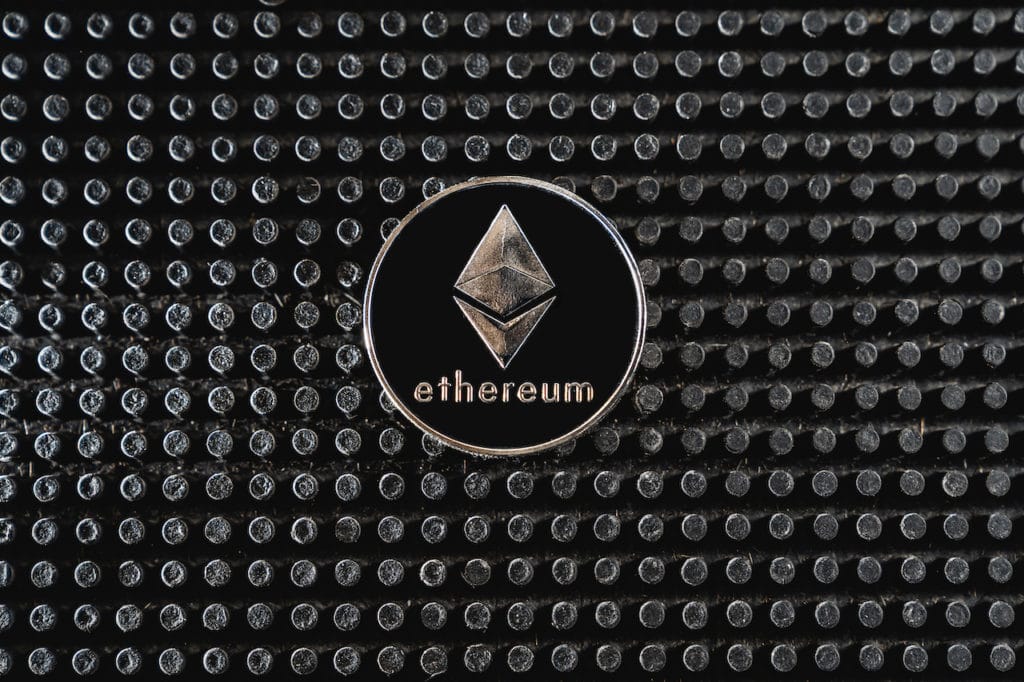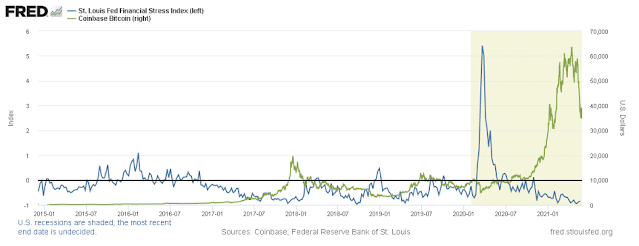Focus on Ethereum (ETH), this Bitcoin challenger: what are the characteristics of this cryptocurrency? What are the differences and similarities with Bitcoin? What is the Ethereum price for the day? How to invest in Ethereum and when? With what strategy and via what platforms?
ETHEREUM: A SUCCESSFUL CRYPTO CURRENCY
The growing importance of cryptocurrencies
Experts are almost unanimous on one fact: cryptocurrencies today represent a financial advance and a technological feat that is gradually penetrating the habits of individuals on an international scale.
The economic impact becomes real: at the start of 2021, cryptocurrencies have a capitalization that represents nearly 1.1% of world GDP for 1.25% to 1.35% of the world population. Currency, its issuance and its control, which for a long time were the preserve of States, now takes into account a system of decentralization. Today, a lot of people are starting to wonder if they should invest and buy cryptocurrencies like Ethereum. It is now undeniable that we are at the dawn of a new era, a new way of conceiving and conducting business transactions between individuals.
Notwithstanding the usefulness of this new technology as a means of payment, cryptocurrencies have also appealed to individuals with their profitability. So they made it an investment in its own right. In fact, these are financial assets that, for many of them, have dizzying growth curves. A growth such that the majority of specialists agree that cryptocurrencies are one of the most profitable investments of the last ten years if one accepts the high volatility and the risk-taking.
In January 2018, Ethereum hit $ 1,420. After several years of stagnation, this record was broken again in 2021, peaking at $ 4,380 in May 2021. Ethereum's big comeback on the crypto scene with the biggest price increases gave back to the 'Ethereum a privileged position in the market.
Ethereum: one of the most attractive crypto currencies
Ethereum has a more attractive annual average performance than other major cryptocurrencies. Be careful, however, volatility and risk are the corollary of such returns.
In early 2020, Ethereum was worth $ 150. Since then, its price has been multiplied by more than 16! This success is such that it has almost overshadowed that of other cryptocurrencies like Bitcoin, Ripple, Litecoin, NEO and others.
In addition, although bitcoin is the precursor of blockchain and cryptocurrencies, it suffers from certain shortcomings and imperfections on which cryptocurrency projects like Ethereum have been based to propose, technically speaking, more successful projects and innovative.
HOW DOES ETHEREUM WORK?
Ethereum: a cryptocurrency based on the blockchain
Launched on July 30, 2015, Ethereum is a decentralized exchange protocol that, via a Turing-complete language, allows users to set up smart contracts. They are in fact pre-established contracts, applications that self-run exactly as expected with no possibility of downtime, censorship, or fraud, and without the intervention of a third party to ensure it. authenticity. For example, with Ethereum you can establish a future contract where you decide to buy something only when certain conditions are met. Normally, this type of contract requires the involvement of a notary or a trusted third party who will ultimately ensure that each party respects its commitments. It goes without saying that such contracts involve high costs. These applications offered by Ethereum are based on a computer protocol that allows the verification as well as the enforcement of a mutual contract between the parties. They are deployed using the blockchain, and anyone who wishes can consult them.
This allows developers to create markets, store records of debts or pledges, transfer funds according to past instructions (such as a will or futures contract) or for example acquire many other things that have not yet been invented, regardless of all the risks involved in the intervention of a third party.
Ether, cryptocurrency of the Ethereum network
Ether is the native cryptographic currency that the Ethereum network uses as a means of settling its smart contracts. Just behind Bitcoin, Ethereum is the second largest cryptocurrency on the market with a market capitalization of over $ 275 billion in mid-2021.
The Ethereum network is at the heart of many projects and allows the development of applications.
The Ethereum network is used by more and more people every year, which complicates its operation. The main players in this network (network nodes) are the United States (37% of the network), Germany (23% of the network), France (6% of the network), etc. according to the specialist website Etherscan. Since the start of 2020, the number of daily transactions on ETH has increased by almost 150%, far exceeding the records of 2018. This extremely active network is the heart of the functioning of a very large part of the crypto active market.
BITCOIN VS ETHEREUM
The Ethereum blockchain incorporates several principles introduced by Bitcoin, including “mining”. Mining is the term for the process of money creation common to Bitcoin and Ether. On July 30, 2015, the genesis block (the very first block in the Ethereum network) put the 60 million pre-sale units into circulation. In addition, 12 million were also distributed to developers via the same block. Then, it was the turn of the community of miners (the nodes of the network) to take over to ensure monetary creation. The payoff in this case is 2 to 2.5 Ether per block mined, at an average frequency of 13 seconds. This corresponds to a decreasing annual monetary creation, which was 5.5 million units in 2020.
And unlike the deflationary thinking behind Bitcoin's money creation, there is no limit that has been set on the Ethereum money supply.
Ethereum is also and above all a network for the development of applications. Since 2017, hundreds of very serious businesses have emerged (payment services, buying and selling services, etc.). These companies often use ETH to base their token.
Thus, Ethereum becomes a serious competitor to Bitcoin: on the one hand, because the average performance of Ethereum is superior to Bitcoin; On the other hand, many cryptocurrencies are increasingly competing with Bitcoin because of their better efficiency. This explains why the global expansion of the crypto-asset market is causing Bitcoin's share of the total market capitalization of virtual currencies to decline.
Nevertheless, in June 2021, the capitalization of Bitcoin remains almost 2.4 times greater than the capitalization of Ethereum. The gap between Bitcoin and Ethereum remains broadly stable but tends to narrow slightly. In January 2018, the capitalization of Bitcoin was effectively 2.6 times the capitalization of Ethereum.
The study of the ETH / BTC ratio tends to show that Ethereum pursues an average outperformance over Bitcoin, especially in the bullish phases. If the long-term trend in the crypto asset market were to continue with a sharp acceleration in the average performance of Ethereum, it is not impossible to imagine that Bitcoin will lose its first position.
In addition, in May 2021, the number of daily transactions on Ethereum was nearly 1.2 million with an average block time of 13 seconds according to the wesite Etherscan. For its part, Bitcoin has a daily number of transactions of nearly 250,000 over the same period according to the specialized site Blockchain.com. In addition, it should be noted that transactions carried out on Bitcoin tend to decrease slightly in recent years, when transactions carried out on Ethereum increase very sharply.
ETHEREUM: WHAT FUTURE FOR CRYPTOCURRENCY?
The Ethereum RoadMap is the forecast set by the cryptocurrency development team. Much like Bitcoin, the Ethereum network is configured so that the mining difficulty is constantly adjusted to the computing power of the mining community.
The growing popularity of Ethereum with the public quickly attracted a large number of new miners. The first repercussion of this craze is therefore an overall increase in the computing power of the entire community, followed by an increase in the difficulty of mining.
Indeed, the mining difficulty has greatly increased since the beginning of 2020, going from 2 to nearly 7.5 TH in mid-2021. This is the biggest increase in difficulty level to date. This mining difficulty had already greatly increased in September 2017, going from 2.3 to 3TH. This frequency of increasing difficulty reflects the growing interest in Ethereum. But the evolution of the course does not necessarily follow that of the level of mining difficulty. Ultimately, this is a situation that will discourage independent miners for whom Ether will no longer be a profitable cryptocurrency. To avoid a surge in mining difficulty, updates can be scheduled. This was the case in 2018 with a new version of the software called Serenity.
THE NEW ETHEREUM 2.0
Ethereum 2.0 (also known as Serenity) is an improvement on the Ethereum system that existed until then. Indeed, so far, the Ethereum system has been relatively slow and mining difficulties are increasing. Between June 2020 and June 2021, for example, the difficulty of mining Ethereum increased by almost 3.3 times, which is considerable. That is, it takes more and more hash to validate the blocks, which implies more time and more computing power to mobilize, and therefore a higher cost too.
The challenge of this transformation of the Ethereum Blockchain is to allow the transition from a proof of work system (Bitcoin-type proof of work) to a Blockchain system called proof of stake (proof of stake). With this proof of stake Blockchain system, the user makes at least 32 Ethereum available for the Blockchain network. In exchange, the user who has blocked their ETH receives a reward. The objective is to increase the liquidity of the network and to ensure faster processing of transactions. The minimum number of units that can be blocked on Ethereum 2.0 has been set at 32, or more than $63,000 in June 2021. This new system would not only facilitate transactions, but could even reduce consumption by more than 90%. current energy from the Blockchain network according to Ethereum Foundation Blog. The first Block Ethereum 2.0 was created on December 1, 2020 and is expected to gradually spread over the next few years. This new system would make Ethereum a digital currency with a more limited supply and a more efficient processing system. Thus, some see Ethereum 2.0 as a great potential, which could lead to the overtaking of Bitcoin.
Please note, this is not a fork that results in the creation of a new cryptocurrency, but an improvement of the existing cryptocurrency.
ETHEREUM AND THE PENETRATION OF CRYPTOCURRENCIES IN STATES
But beyond all these technical considerations, Ethereum is a cryptocurrency that is gaining more and more notoriety. The majority of Initial Coin Offerings (ICOs) of new cryptocurrency projects use Ethereum.
And while many states are still skeptical about cryptocurrencies at the moment, some forward-thinking governments have already entered the market favoring Ethereum. For example, the National Research Council of Canada uses Ethereum for the execution of certain public contracts. It must be said that the mode of operation of the blockchain is particularly suited to the principle of transparency supposed to regulate public expenditure. Switzerland, for its part, made it possible to accomplish administrative tasks via the Ethereum network (in the canton of Zug). Numerous examples in recent years show the massive diffusion of Ethereum even within institutions.
WHAT CAN I BUY WITH ETHEREUM?
Ethereum can be exchanged against a very large part of traditional currencies (currencies that are legal tender in a country) or against other digital currencies. So many exchange platforms allow Ethereum to be exchanged for dollars, euros, Bitcoin, Ripple, Tether, etc.
ETHEREUM COURSE: THE VALUE OF THE CRYPTOCURRENCY OF THE DAY
Ethereum how much does it cost? Find out in our quotation table the value of Ethereum today.




